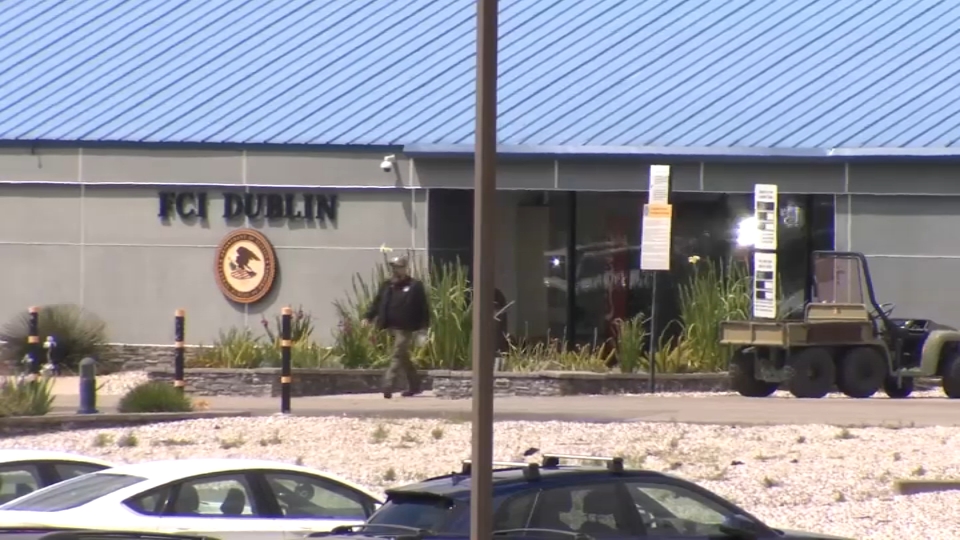A veteran PG&E corrosion engineer told the jury in the federal trial Friday that he was "not terribly" concerned by his 2009 discovery of 33 unexplained leaks on the gas pipeline that later ruptured in San Bruno.
Federal prosecutors say the company failed to account for those unexplained leaks when it vouched for Line 132 safe just one year before the Sept. 9, 2010 blast that left eight people dead.
In his testimony, 31-year PG&E engineer David Aguiar acknowledged he could find records of only three leaks when he first evaluated the San Bruno line in 2003. But by 2009, his review showed the number had mushroomed to 36 leaks — 33 of unknown causes.
Aguiar testified that while the type of leaks was important to known to understand the pipeline’s health, leaks alone would not automatically cause him to rule out using the corrosion only method. In fact, PG&E twice used that method to vouch for the line before the explosion, missing flawed welds that were later blamed for the disaster.
Margaret Tough, one of the PG&E’s lawyers, asked whether unexplained leaks "concern you?"
"Not terribly, no," Aguiar replied.
He explained that sometimes even experts can’t find tiny "pinhole" leaks during detailed evaluations. "These defects do not represent a rupture concern….The pipeline is telling us, ‘I’m going to leak, I’m not going to rupture.’"
Local
Prosecutors told the judge they intend to challenge that finding with evidence of prior pin hole leak related pipeline accidents.
Earlier, prosecutors pressed Aguiar about one of the small, unexplained leaks on the line that he himself said he reviewed upon learning it was to be inspected only for corrosion.
In a repair done in 1988 -- near Crystal Springs Reservoir, south of San Bruno -- the company replaced 12 feet of pipe, Aguiar told prosecutors. It turned out that the repair was done of a faulty seam weld that caused a leak. PG&E has never produced the metallurgical evaluation of the pipe.
Prosecutors pointed to the fact that, in 2003, Aguiar wrote a note on a map of the San Bruno line that indicated that the company’s pipeline data spreadsheet lacked information about the cause of the leak in 1988. It was listed as one of the "unknown" leaks.
Company records that PG&E gave to San Bruno investigators in 2011 indicated that that a defective seam weld was indeed to blame for the leak. Federal regulations preclude using corrosion only methods on gas lines with histories of seam weld failures or leaks. Without knowledge of the cause of the leak, PG&E twice inspected the line for corrosion before the blast.
Prosecutors highlighted a 2008 exchange between Aguiar and a supervisor in the integrity management division triggered when Aguiar blamed weld failure for a 2006 leak that sprung just after PG&E used the corrosion method to declare a gas line safe.
That supervisor, Bill Manegold, warned Aguiar to "watch" what he wrote as an inspection "process that walks right over active leaks and declares pipes safe is not a process I want to advertise too loudly."
Aguiar said no one was "advertising" the method could detect weld flaws.
"We are advertising that we’ve assessed the pipe and it is fit for service," Manegold shot back, adding that the leaks -- like the one found in 2006 on a girth weld – "are not minor."



